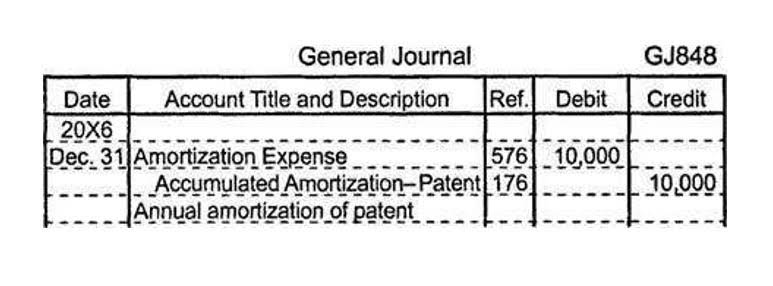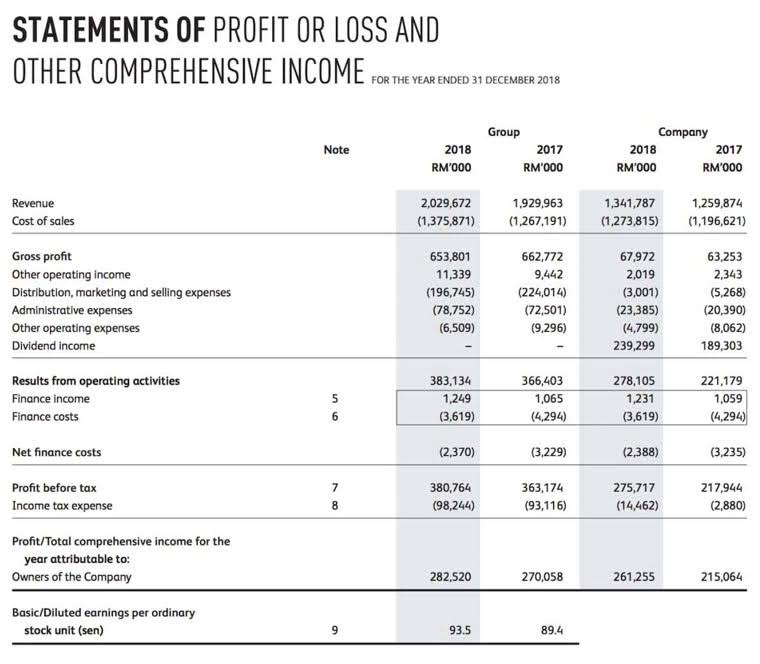Managing Bond Amortization: Methods, Impacts, and Applications

In summary, bond premium plays a crucial role in determining the yield, market demand, and risk assessment of a bond. Understanding the factors influencing bond premium can help investors make informed decisions and assess the attractiveness of different bond offerings. Reducing the balance in the account Premium on Bonds Payable by the same amount each period is known as the straight-line method of amortization. A more precise method, the effective interest rate method of amortization, is preferred when the amount of the premium is a large amount. Under the straight-line method, bond premium is amortized equally in each period.
Bond Discount Amortization
- Within an accrual period, the bond premium allocable to the period accrues ratably.
- Some bonds require the issuing corporation to deposit money into an account that is restricted for the payment of the bonds’ maturity amount.
- The company issues the bond at a premium when the selling price of the bond is higher than its face value.
- In conclusion, amortizable bond premiums and capitalized lease premiums serve to help spread costs over an asset’s useful life for tax reporting purposes.
- As the bond’s carrying value changes due to amortization, the interest expense is recalculated for each period.
- Notice that the effect of this journal is to post the interest of 4,249 to the interest expense account.
- By carefully considering factors such as interest rates, tax implications, and portfolio diversification, investors can harness the benefits of amortization to achieve a more favorable financial outcome.
At the beginning of the Record Keeping for Small Business schedule, a greater amount of the payment is applied to interest. With each subsequent payment, a larger percentage of that flat rate is applied to the principal. Amortization is the process of spreading out a loan into a series of fixed payments.

Amortization of premium on bonds payable
If so, the issuing company must amortize the amount of this excess payment over the term of the bonds, which reduces the amount that it charges to interest expense. Bond amortization is a critical aspect of financial management that affects both investors and issuers. It retained earnings involves the gradual reduction of a bond’s premium or discount over its life until it reaches maturity. This process not only influences the valuation of bonds but also has significant implications for financial statements and tax reporting. The straight-line method evenly distributes the premium over the bond’s remaining life. The annual amortization amount is calculated by dividing the total premium by the years remaining until maturity.
Understanding the Effective Interest Rate Method

Usually financial statements refer to the balance sheet, income statement, statement of comprehensive income, statement of cash flows, and statement of stockholders’ equity. This account is a non-operating or “other” expense for the cost of borrowed money or other credit. If the bond is purchased at more than its maturity value, the yield to maturity includes the annual interest minus the loss as the bond decreases from the investment amount to the maturity value. For example, if a market interest rate increases from 6.25% to 6.50%, the rate is said to have increased by 25 basis points. The bond’s life of 5 years is multiplied by 2 to arrive at 10 semiannual periods.


Thus, investors purchasing bonds after the bonds begin to accrue interest must pay the seller for the unearned interest accrued since the preceding interest date. The bondholders are reimbursed for this accrued interest when they receive their first six months’ interest check. The table starts with the book value of the bond which is the par value (120,000) less the discount on bonds payable (2,152), which equals the amount of cash received from the bond issue (117,848). The table starts with the book value of the bond which is the par value (120,000) amortization of bond premium plus the premium on bonds payable (2,204), which equals the amount of cash received from the bond issue (122,204).
- Over the life of the bond, this premium is gradually amortized (reduced), meaning it is spread out over the bond’s remaining life.
- In our example, there will be interest payments of $4,500 occurring at the end of every six-month period for a total of 10 six-month or semiannual periods.
- For example, an asset that compounds interest yearly has a lower effective rate than an asset that compounds monthly.
- At the end of the 3rd year, the $15,000 bond discount will be become zero ($15,000 – $5,000 – $5,000 – $5,000) and the carrying value of the bonds payable will equal $500,000 ($500,000 – $0).
- Also, it leads to reducing the cost basis of the taxable bond for premium amortized in each period.
